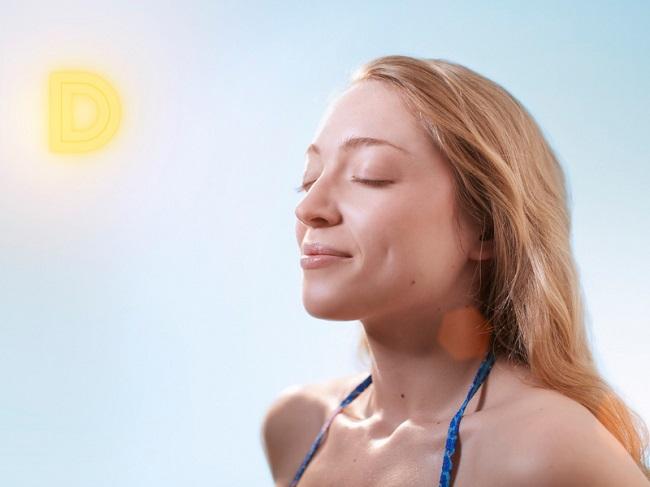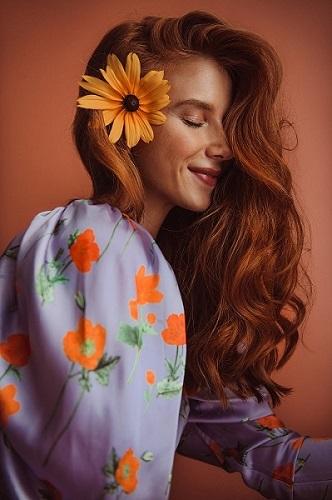Tanning is still possible with a UV Index of 5, but it is important to exercise caution and take proper sun protection measures as the risk of sunburn is moderate. It is recommended to wear SPF 30+ sunscreen, seek shade, and limit sun exposure during peak hours to minimize the potential for sunburn and protect your skin.
What is the UV index?

You may have noticed that, when checking your weather app to see if it’s a day for jeans or shorts, a measurement called ‘UV index’ is also available, and this UV index changes throughout the day. Essentially, the UV index is a standard measurement used internationally to display the strength of UV rays, and how dangerous they are for the average person at a certain time in a certain place.
Often, UV index will be used by forecasters to give advice on being outside, such as the hours during which you should be wearing sunscreen in order to protect your skin.
In case you aren’t already aware, UV index can often correlate with the heat and temperature, as these come from the Sun, too, however it’s not quite the same thing. Many people assume that the hotter the day, the more tanned you’ll get, however this isn’t actually the case. Instead, the extent to which you tan depends on the UV levels at that time, as it’s the UV rays responsible for tanning (or sunburn), and not the temperature.
Equally, sometimes it can be a milder day, with lower temperatures, and the UV index may even reach 8 or 9, which means very high, and you could still get sunburnt. This explains why you could go to the beach on a cooler day and still come back sunburnt.
How is the UV index measured?
Generally, the UV index is measured on a scale of one to ten, with one being the weakest and ten being the strongest level of UV radiation present. On some occasions, the UV index will also reach eleven or above, however this is rare, and indicates very extreme conditions.
| UV Index | Risk Level | Recommended Protection |
|---|---|---|
| 0-2 | Low | Minimal sun protection |
| 3-5 | Moderate | SPF 30+ sunscreen |
| 6-7 | High | SPF 30+ sunscreen, hat, sunglasses, seek shade |
| 8-10 | Very High | SPF 50+ sunscreen, hat, sunglasses, seek shade |
| 11+ | Extreme | SPF 50+ sunscreen, hat, sunglasses, seek shade, avoid sun exposure during peak hours |
If you’re looking for a breakdown of the UV index ratings, and the level of sun protection they indicate, take a look below.
UV index 1-2
This indicates low UV radiation, and the average person will be safe outside without any sun protection. Usually, this rating will appear at very first light during the summer, or during the night as well as in some areas during the winter months.
UV index 3-5
A UV index of 3-5 signals moderate UV exposure whilst outside. When outside during this rating, it’s best to wear some sun protection, even if it’s just a low-level SPF, in order to prevent any possible damage. However, with a moderate UV level, the average person won’t suffer extensive skin damage, and there is a very low chance of sunburn.
UV index 6-7
This displays that the current level of UV radiation is high, and a rating like this is usually present in the summer, during the day. When going out in a high UV index, sun protection is essential in order to protect your skin from the potential harm caused by UV rays, and it’s important to ensure you’re wearing a sunscreen with a suitable SPF. Those with fair to medium skin may be prone to sunburn.
UV index 8-10
Generally, this is the highest UV index you’ll see anywhere, even during the hot summer months, and it can reach this level during the middle few hours of the day. A UV index of 8-10 is considered very high and indicates that additional protection will be required in order to protect yourself from the UV rays. Without additional protection (as well as lots of shade), the average person will be prone to sun damage and sunburn.
UV index 11+
If you see a level of UV 11+, this is considered as extreme exposure, and is a much rarer case. Whenever extreme UV is present, the advice is to stay inside, as this is the only way to fully protect your skin as the UV is so intense there is little you can do to protect yourself from it.
Also read: Do You Need Sunscreen in the Shade? (Explained)
Can you tan with UV index of 5?

The extent to which you tan in any weather or UV exposure is dependent on your skin type, and this varies from person to person.
| UV Index | Tanning Potential |
|---|---|
| 0-2 | Minimal to none |
| 3-5 | Mild tan |
| 6-7 | Moderate tan |
| 8-10 | Intense tan |
| 11+ | Very intense tan |
However, for the average person, it is possible to tan whilst exposed to moderate UV levels (index 3-5), and these are the safest conditions to tan in. It’s worth knowing that any kind of sun tanning poses a level of danger for your skin, as the Sun can be incredibly harmful, however the lower the UV index, the lower the potential damage.
| Sun Protection Measure | Recommendation |
|---|---|
| Wear SPF 30+ sunscreen | Apply a broad-spectrum sunscreen with a minimum SPF of 30 or higher. Reapply every 2 hours, or more frequently if sweating or swimming. |
| Wear protective clothing | Cover exposed skin with lightweight, long-sleeved shirts, pants, and a wide-brimmed hat. |
| Wear sunglasses | Protect your eyes by wearing sunglasses that block 100% of UV rays. |
| Seek shade | Find shaded areas, especially during peak hours when the sun is strongest (usually between 10 am and 4 pm). |
While it may take more time to tan whilst exposed to a UV index of 5, it’s not impossible, and you will find that your suntan will build up as you spend more time outside in the Sun. Despite the fact that a UV index of 5 is only considered moderate, it’s still recommended that you wear sun protection in order to prevent sun damage, as excessive unprotected sun exposure will lead to extensive skin damage.
- SUPERIOR ENDURANCE VS. SWEAT & WATER — From family fun to hardcore competition, Banana Boat Sport Sunscreen provides strong sun protection that stays on so you can play on
- CLINICALLY PROVEN UVA/UVB PROTECTION — This SPF 50+ broad spectrum sunscreen spray protects skin from the sun's harmful UV rays
- 3-fluid ounce travel size bottle of Neutrogena Ultra Sheer Dry-Touch Non-Greasy Sunscreen with SPF 70 for broad spectrum UVA/UVB protection
- This lightweight and sheer sunscreen is fast-absorbing with Dry-Touch technology for a non-greasy, matte finish that leaves skin feeling clean. The face and body sunscreen is formulated with Helioplex for superior sunburn protection for your skin
- EltaMD UV Clear Face Sunscreen is a lightweight oil free sunscreen made with transparent Zinc Oxide that leaves no white cast after applying and helps block damaging UVA and UVB rays from the sun
- Dermatologist recommended face sunscreen for acne prone skin is oil-free, protects against breakouts, and is an essential acne sunscreen for those with acne prone skin care concerns and other sensitive skin types like rosacea and hyperpigmentation
If you click Buy on Amazon and make a purchase, I'll earn a small commission at no additional cost to you.
Also read: Should I Wear Sunscreen Every Day? (Advantages and Disadvantages)
Final thoughts
In conclusion, it is, in fact, possible to tan whilst exposed to a UV index of 5, and this band of UV exposure is the healthiest condition to acquire your suntan. Just remember to always protect your skin to prevent irreversible damage and skin aging.




